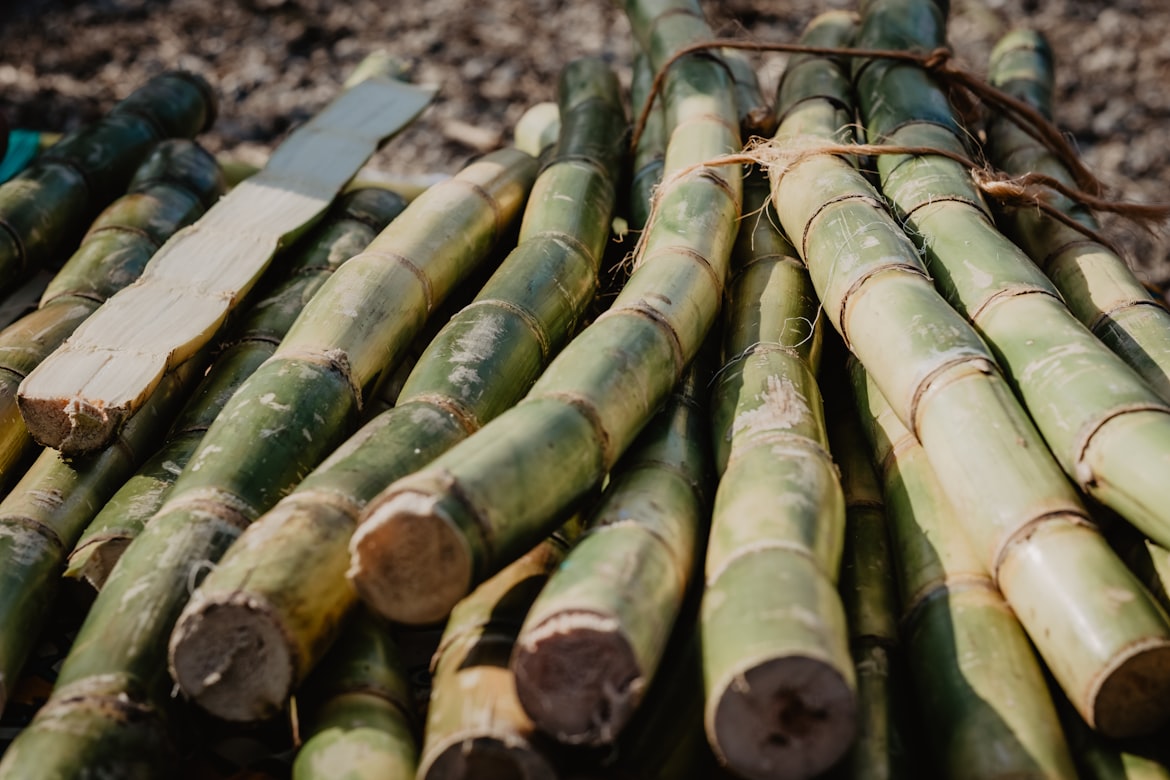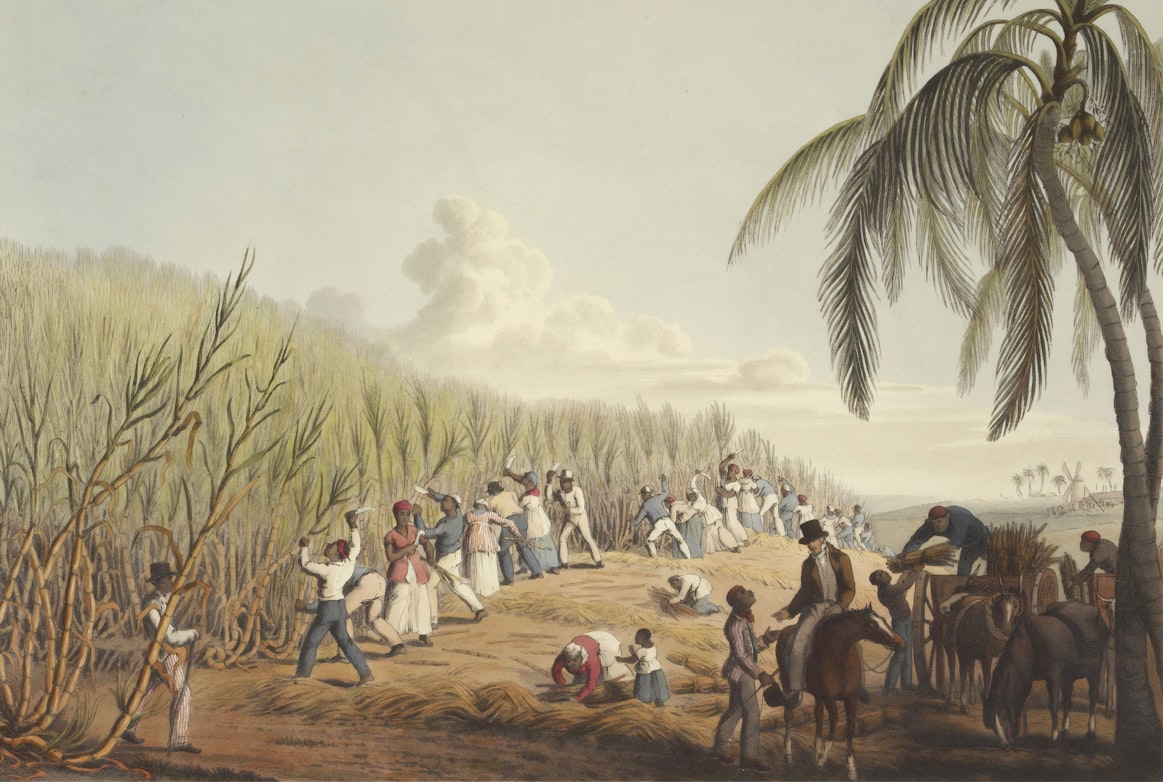TLDR? Sugar cane is one of Colombia’s biggest exports and is a crop with a rich history in the country.
Sugar cane is a plant that gives life to more things than you think.
Although Colombia isn’t number one on the list of the largest sugarcane producers worldwide, it is noted for the number of tons it produces annually. It’s also noted for the sugar products it exports.
If you’re interested in learning a bit more about the sugar plant and why it’s important in Colombia, keep reading. Here’s what to know about this amazing plant.
An Introduction to Sugar Cane

The sugar plant has slightly sharp leaves that can reach up to five meters in height.
Its stem, unlike other plants, is considered the fruit of the plant since it stores sugar and water inside. If you’ve ever seen people splitting the stem to make guarapo, what they’re doing is pulling out the sugar and water from the cane.
However, this is just one way of processing the plant. You can also dry the plant or process it differently to make things like granulated and powdered sugar.
A Bit of History of Sugar Cane

Sugar cane, unlike what many people believe, is not a crop native to Colombia or any other Latin American country. In fact, it comes from New Guinea. However, there’s no exact data on when people first began processing the crop into sugar.
What we do know is that Christopher Columbus brought sugar to the Americas in the year 1,500 AD. That’s when the crop first took root in the country.
By the 1700s, Colombia already had well-known sugar mills. These are places that extract the juice from the cane and separate out the sugar itself.
In Colombia, Valle del Cauca is the state that’s most famous for these crops, and it’s where most of the mills (sugar factories) in the country are currently located.
The mills are the main producers of sugar; they tend to own large plantations where they produce sugar products.
A Bit About the Sugar Cane Harvest

Sugar cane, one of Colombia’s oldest products, began with a harvesting process. Once the plant is mature and ready to harvest, depending on the size of the crop, people manually harvest the stem of the plant.
This consists of taking the stem, cutting it from the root, and removing all the leaves. During this process, a tool called a machete is used. You’d probably recognize this long, wide knife from movies like The Princess Bride.
Alternatively, some mills use vehicles to harvest the sugar. This largely depends on the location of the plantation as well as the financial resources.
Once the stem is harvested, vehicles collect the stems and take them to the production plants. From there, the sugar gets processed into all the products we’re familiar with in our local supermarkets.
Products Derived From Caña de Azúcar

Sugar cane can actually produce a lot more than granulated sugar. Because of this, the plant is under permanent technological study in Colombia to investigate the probability of generating greater resources.
Let’s take a closer look at a few products you can create using sugar cane.
Products for Human and Animal Consumption

A large number of the products from sugar cane are designed for human or animal consumption. These include:
- Syrup: used to sweeten foods or help heal respiratory diseases.
- Molasses: used to relieve lack of sleep and boost your mood.
- Sugar: used as white sugar and brown sugar (which is often considered healthier)
- Panela: a type of concentrated sugar derivative that’s popular in Colombia.
- Sweets: there are lots of traditional Colombian sweets that you can make using sugar plants.
- Vinegar: used for cleaning and cooking.
- Guarapo: A drink made from the stem of the sugar plant.
You can also just eat the sugar cane directly. Some people enjoy chewing on the sugar cane as a snack!
Chemical Products

In addition to food, sugar cane can produce a few chemical products. A few examples of these include:
- Alcohols: antiseptic alcohol and alcohol as a fuel.
- Pharmaceutical products: citric acid, for example, can be derived from sugar cane.
Other Derived Products

The largest producers do not waste any of the cane. In fact, they often use the byproducts of the plant to create innovative, environmentally-friendly products:
- Bioenergy generation.
- Paper
- Bioplastics
- Organic fertilizers
Learn a Bit More About a Common Household Product
Now you know where some of the products you consume daily come from.
In Colombia, this plant has a huge impact on the economy. And, now that you know a bit more about it, you’ll be able to appreciate it that much more.
If you like this blog, you might like the Casacol Instagram page to keep up with all the new articles. Anything we need to update or correct? Care to contribute? Email us at blog@casacol.co .







